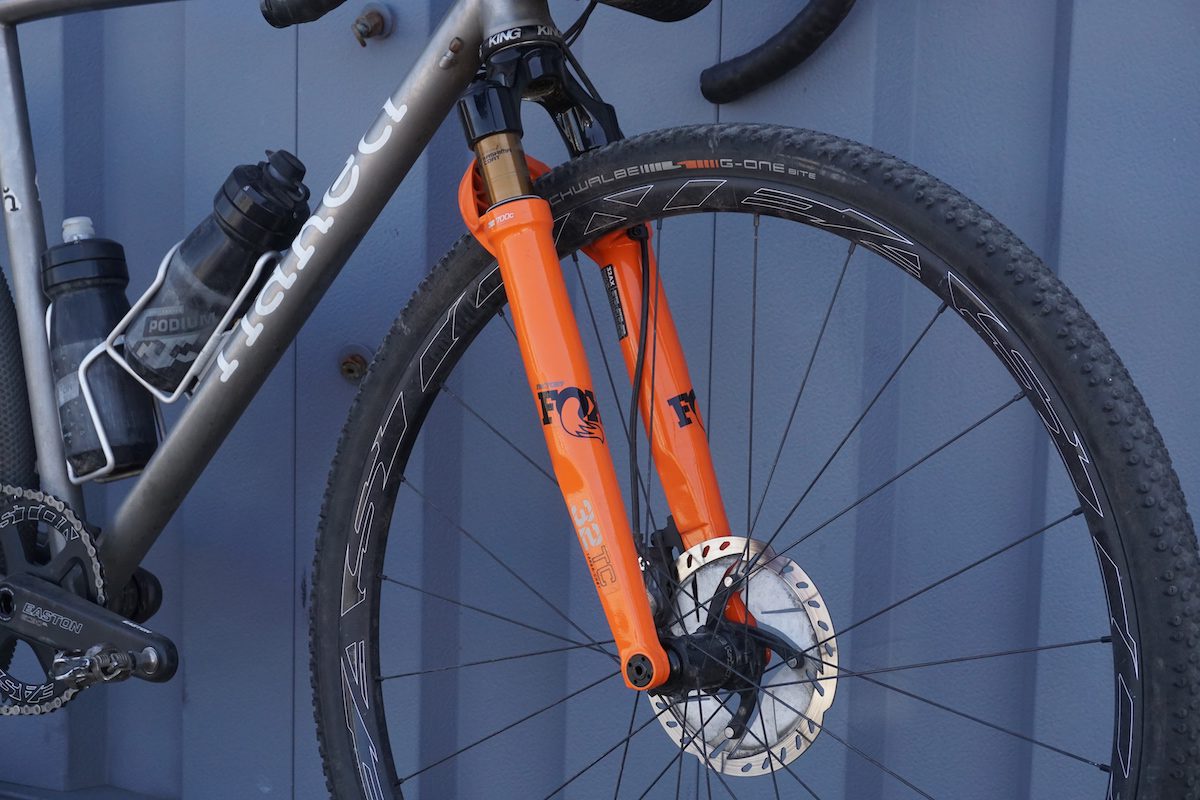Something new and quite different could be coming from Fox soon. After releasing a new lightweight Float SL shock, the suspension brand looks to be well into the process of working on a cross country fork using a reverse arch design.
Haley Smith and Andrew L’Esperance are among the first to race the new fork, currently branded under Fox’s “RAD” program. That easy acronym is stands for more awkward “Racing Applications Development,” which spans Fox’s cycling and motorized suspension divisions. It is the same program that produced the brand’s Live Valve electronic suspension lock-out system.
REVIEW: Fox Float SL Performance
Maxxis Factory Racing’s Canadian duo took the RAD fork public in August. They’ve raced it at XC Marathon world championships in Scotland, Leadville 100 and to claim matching wins at the Canadian XC Marathon national championships in Whitehorse.
RAD reverses fork design
There aren’t a ton of details about the new fork (when asked what he could say about after his XCM Nationals win, L’Esperance said “other other than I really like it, no comment.”) but it clearly uses a reverse arch. That design, connecting the fork lowers behind the stanctions instead of in front, comes with a few potential advantages. It can, in theory, create a fork with a lower weight and a potentially stiffer fork. Manitou pioneered that design in mountain biking, but few brands have picked up on it in the years since.

Fox does have some experince with that design. It’s used on the recently released 32 Taper-Cast fork gravel-specific fork. In that application, the reverse arch helped avoid clearance issues with frames not designed for suspension forks and improved stiffness. Fox also claimed the design is more aerodynamic. While that seems more relevant to gravel than cross country, the type of endurance mountain biking Smith and L’Esperance are doing on the XCM and LifeTime Grand Prix circuit would certainly benefit from even marginal aerodynamic gains.
The yet-unnamed XC fork looks to have a slightly different design than the 32TC, though. The arch looks more substantial, both wider and flatter. It looks almost like a very-mini mud-guard instead of like a standard arch placed on the other side of the fork lowers.
RAD only?
When will we see an…
Click Here to Read the Full Original Article at Canadian Cycling Magazine…

